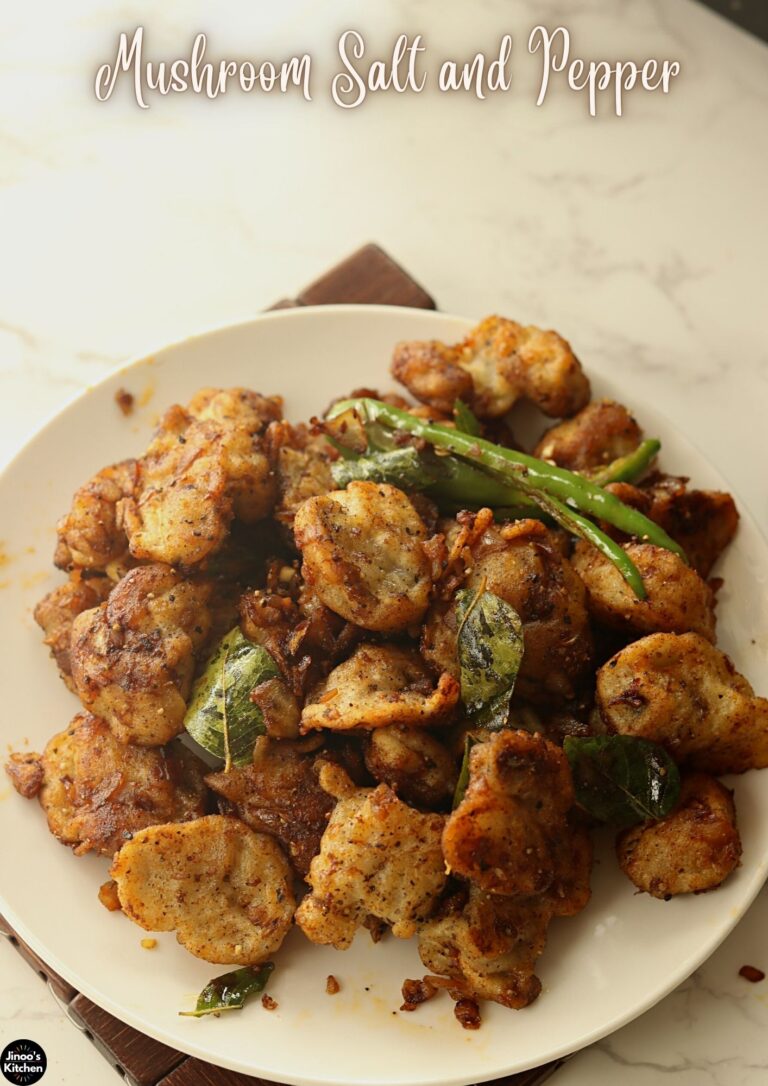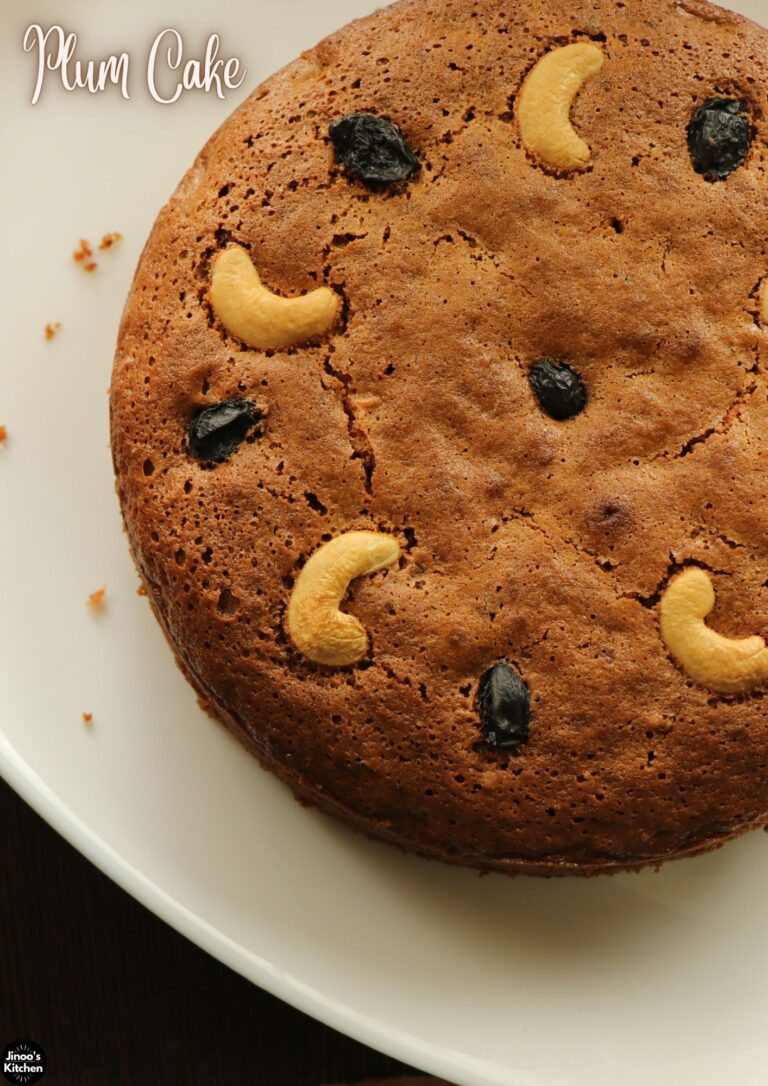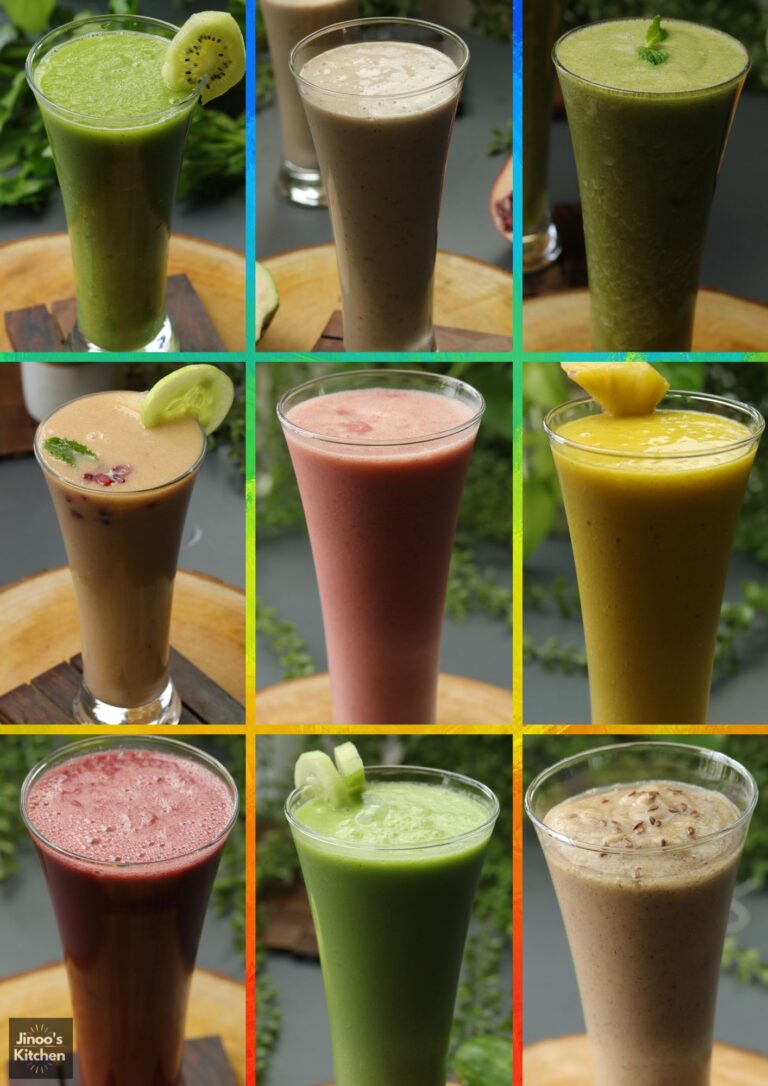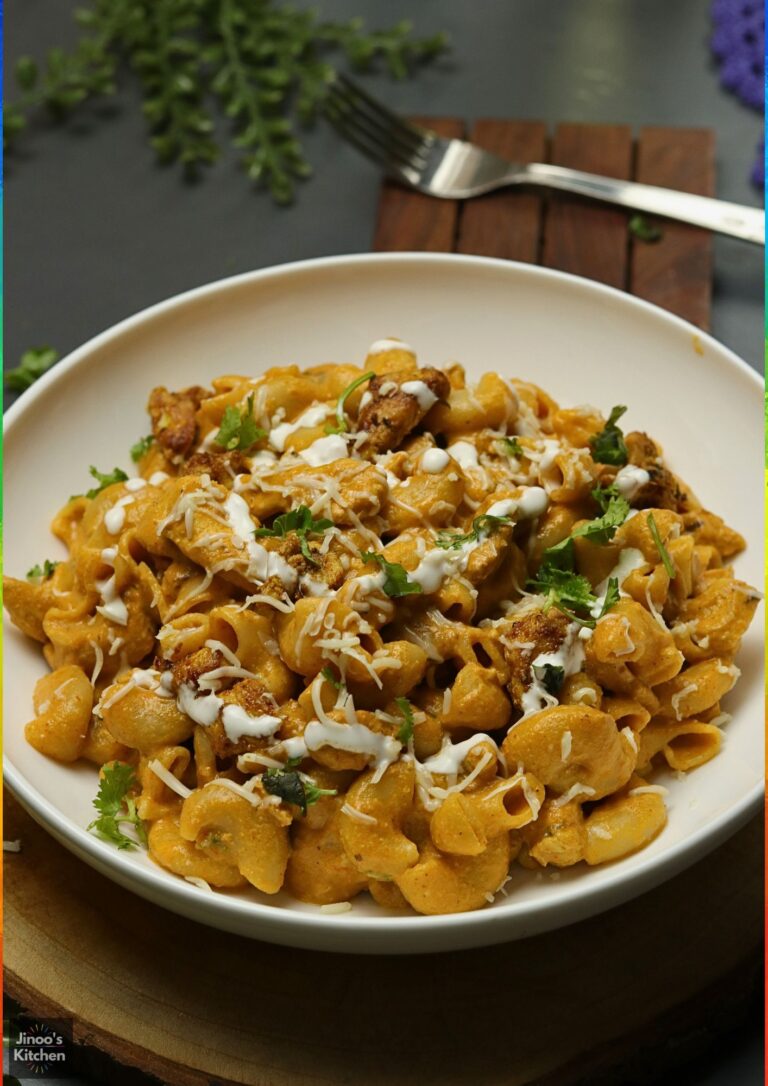Homemade Sambar Powder Recipe South Indian Style for Authentic Taste
Sambar is something we south Indians grew up with. For me, the smell of homemade sambar powder getting roasted is full on childhood memory vibes. Amma used to make it in kgs and store in it 1/2kg air tight boxes. storing it in steel dabbas and labelling them with sketch pens! The whole kitchen would smell like a temple kitchen on that day!
Making sambar powder at home might sound big, but it’s very doable. And trust me, the taste it adds to your sambar is unbeatable. It’s clean, strong, and full of real spices. No fillers or colour powders like in most of the store bought masalas.
Why it’s healthy
Each ingredient in this powder supports digestion, boosts immunity, and adds warmth to the body. Since we roast the ingredients fresh, the nutrients and natural oils stay intact, which gives both health and taste. Above all, No additives!
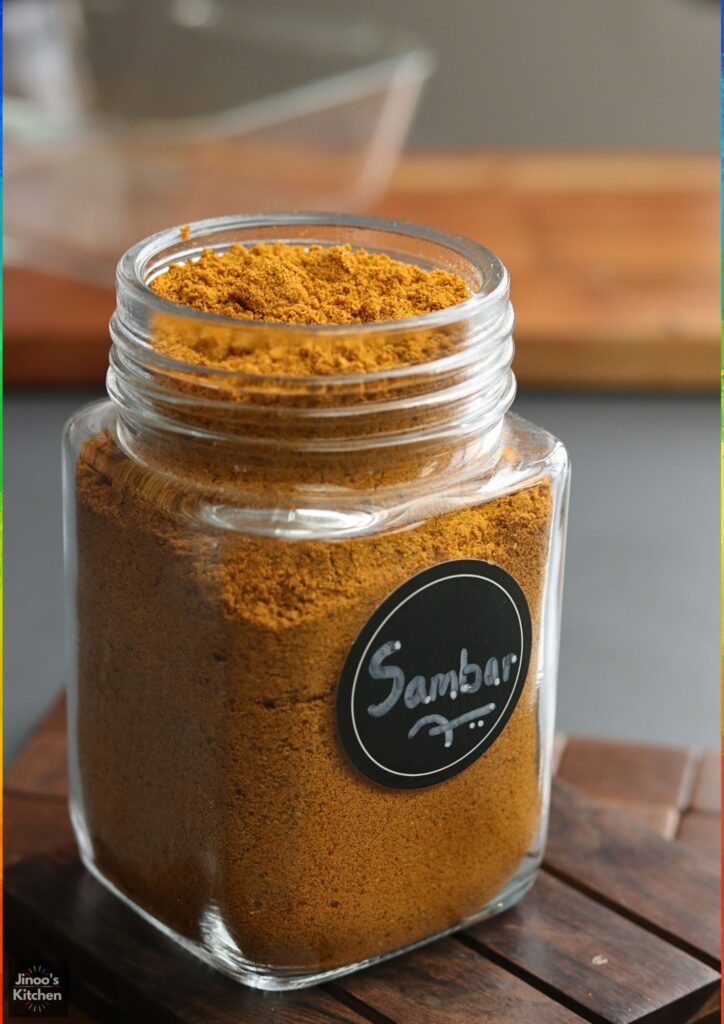
Let’s Talk About Ingredients
All the ingredients I measure is in 1/2 tbsp. its either 1/2 tbsp or 3*1/2 tbsp or 10*1/2tbsp.
• Asafoetida Granules
These give a strong base flavour. Always fry on low heat as they burn fast. You can skip or reduce if you don’t like strong flavours. also you can use asafoetida compound/powder as you like and based on the availability.
• Cumin & Black Pepper
Adds warmth and helps digestion. If pepper is too strong, reduce a bit.
• Fenugreek & Mustard Seeds
Gives the slightly bitter and sharp taste. Mustard should be added at the end and popped well, or it’ll stay raw.
• Dals & Rice
Urad, chana and tur dal give that earthy, nutty base. Rice is for thickness while making podi sambar. Roast till golden, not dark.
• Coriander Seeds
This is the bulk of the masala. Gives freshness and fragrance.
• Curry Leaves
They must be roasted till dry and crisp. Adds flavour and health.
• Red Chillies
Kashmiri gives colour and medium spicy one gives the kick. Balance both for taste and colour.
• Turmeric Powder
Final touch for flavour and colour.
Detailed Recipe
Video Recipe
Instructions with photo guide
Heat a pan on low flame and add 1/4 tsp oil.
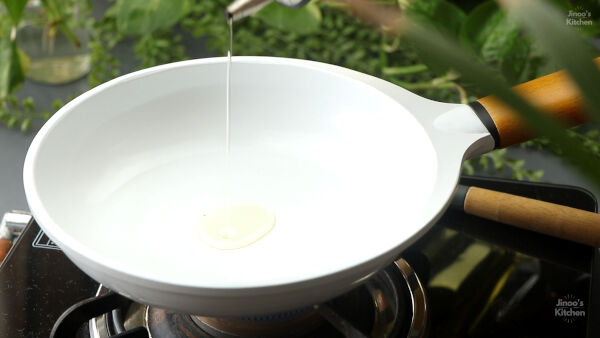
Once slightly warm, add 1/2 tbsp asafoetida granules.
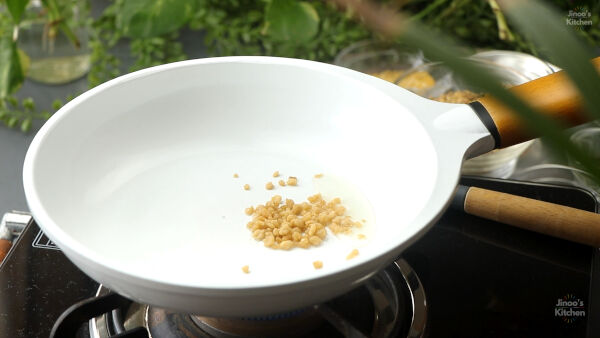
Let it fry gently on low heat, stirring continuously until it starts changing colour slightly. This enhances its aroma. Do not let it burn.
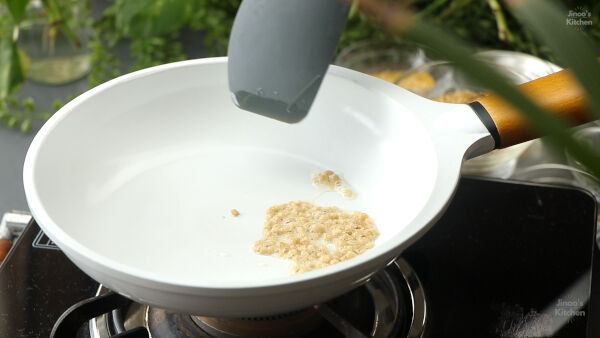
Now add 1/2 tbsp cumin seeds and 1/2 tbsp black peppercorns to the pan.
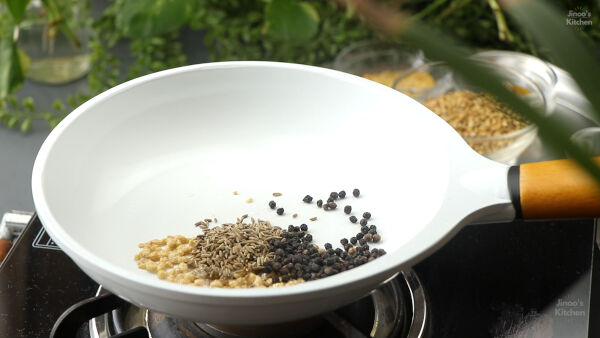
Fry on low flame for about 30 seconds. Stir gently so the spices don’t burn and release their natural oils.
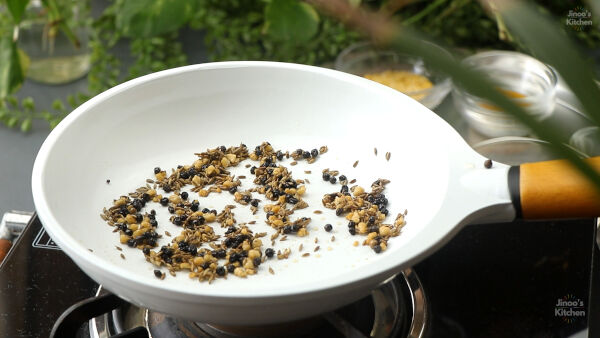
Add 1/2 tbsp fenugreek seeds and continue roasting.
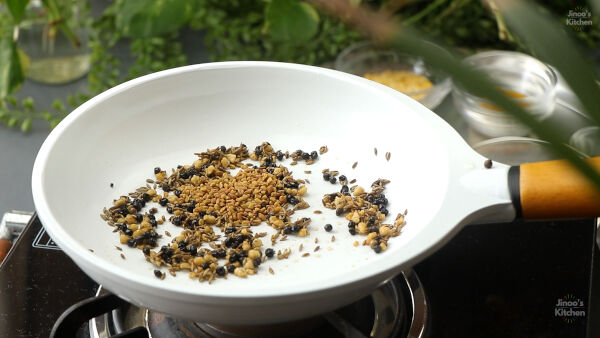
Keep stirring till it turns slightly darker and releases a nutty aroma. This helps reduce bitterness.
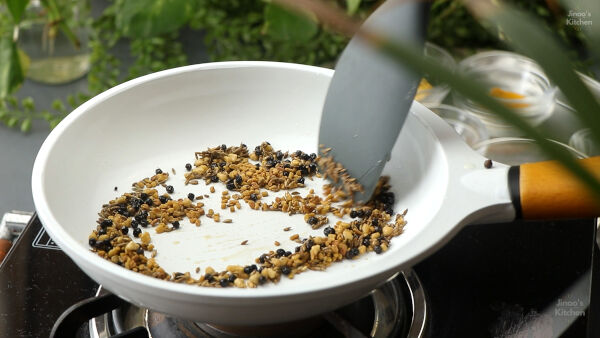
Add 1/2 tbsp mustard seeds and wait till they begin to pop.
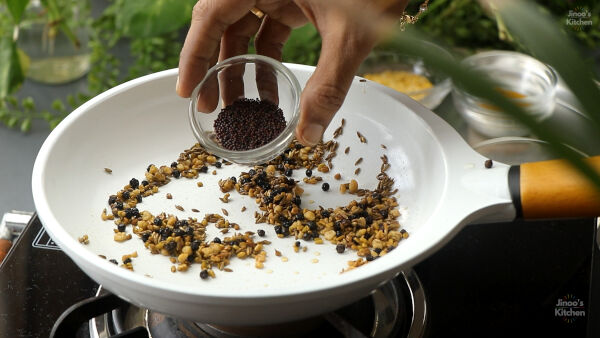
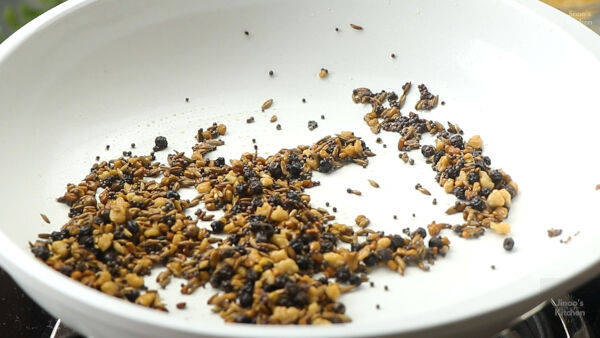
Once they pop, immediately transfer all the roasted spices to a plate. Do not leave them in the hot pan.
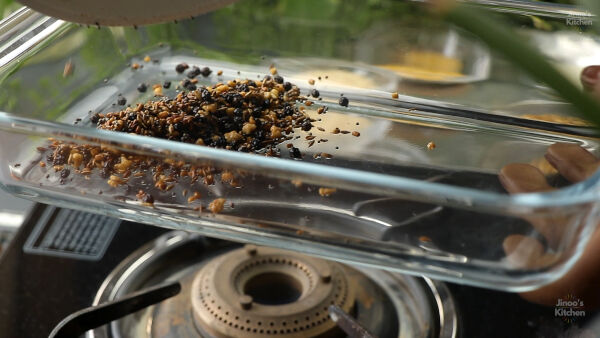
• In the same pan, add 1/8 tsp oil.
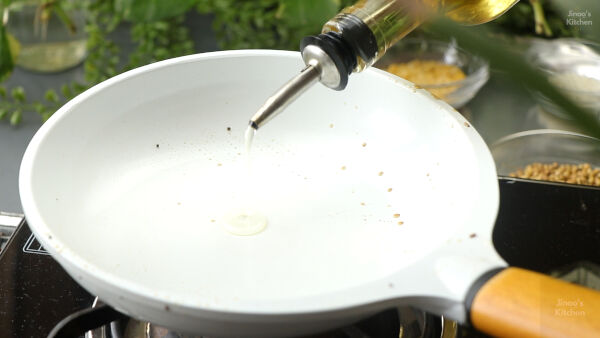
Now add 1.5 tbsp each of urad dal, chana dal, and tur dal, and also 1/2 tbsp rice.
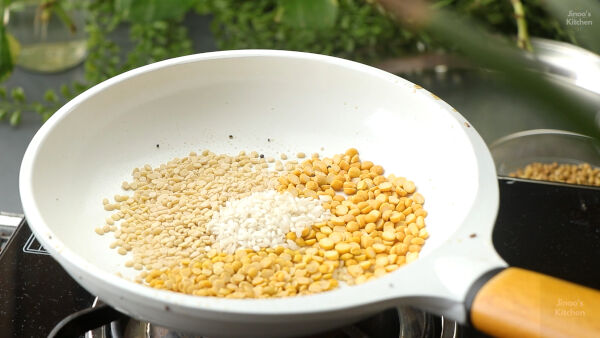
Roast this on medium heat, stirring continuously till the dals and rice turn golden in colour here and there.
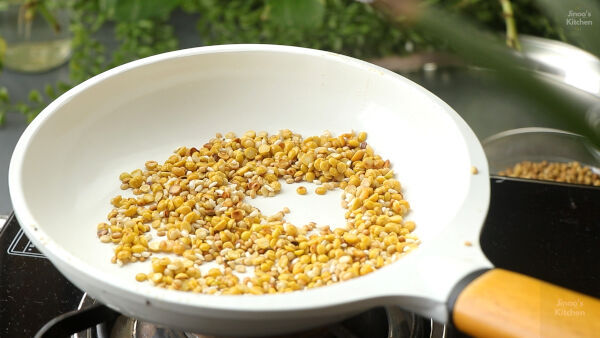
Transfer this to the same plate.
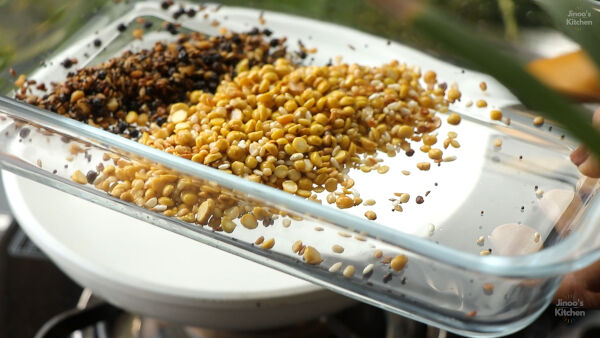
Add 5 tbsp coriander seeds to the same pan.
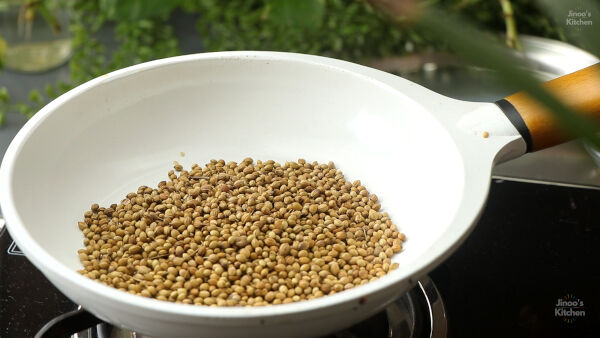
Roast on medium flame till you see brown spots on them. Stir continuously so they don’t burn.
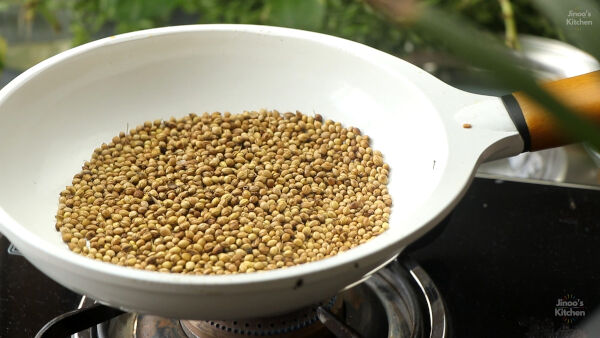
Transfer to the plate.
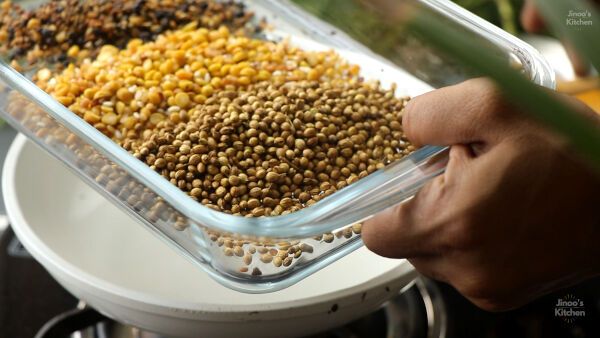
Add 3 sprigs of fresh curry leaves.
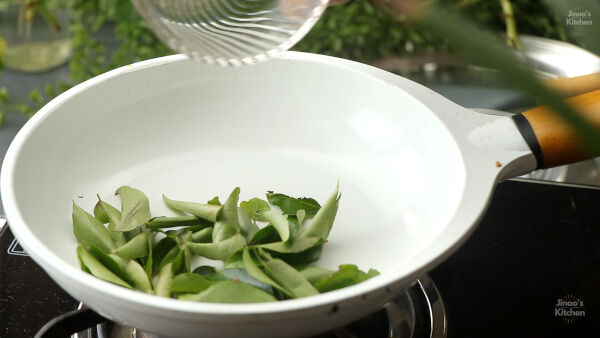
Roast them on low flame till they turn crisp and break easily. Transfer to the plate.
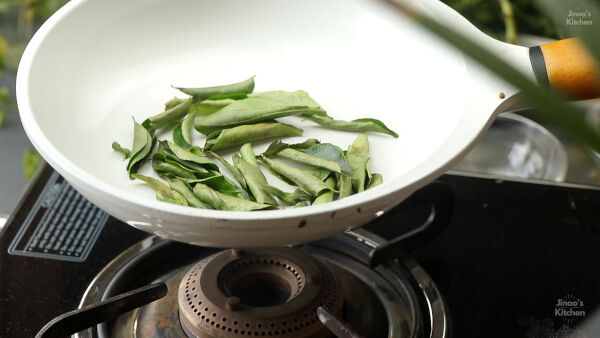
In the same pan, add 1 handful of Kashmiri red chillies and 1 handful of medium spicy red chillies.
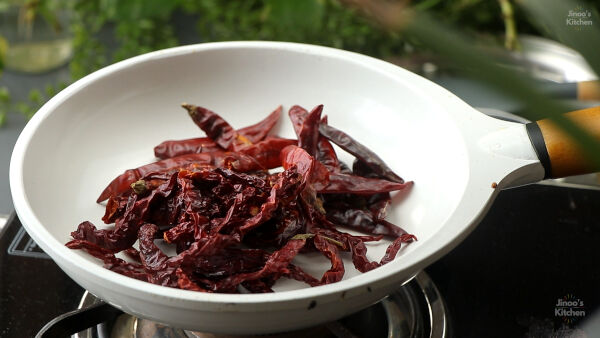
Roast on low to medium heat till they become crisp. Make sure the chillies do not turn black or smoky. Add these to the rest of the spices.
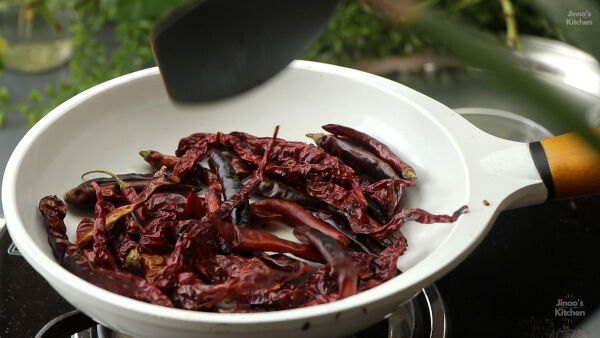
Now, add all the roasted ingredients back to the pan.
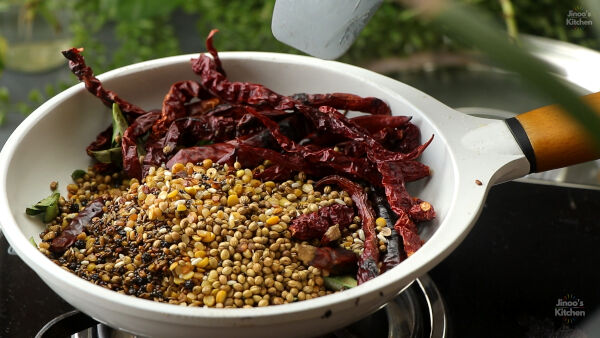
Add 1 tsp turmeric powder.
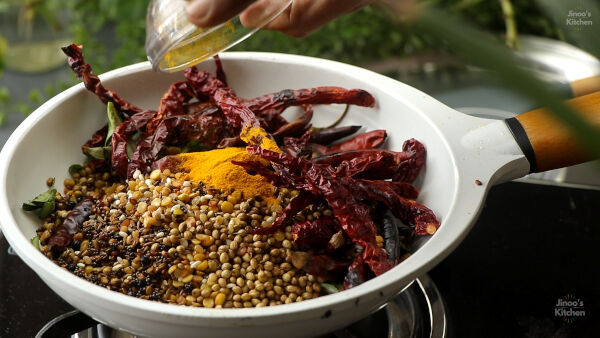
Mix everything well and heat for a few seconds so the turmeric blends with the spices.
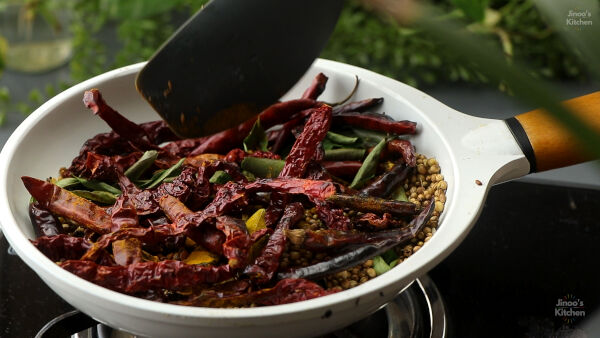
Turn off the flame and transfer to the plate to cool completely.
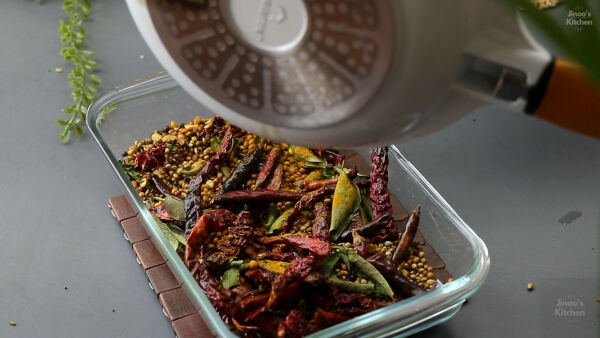
Once the mixture has cooled down fully, transfer it to a dry blender.
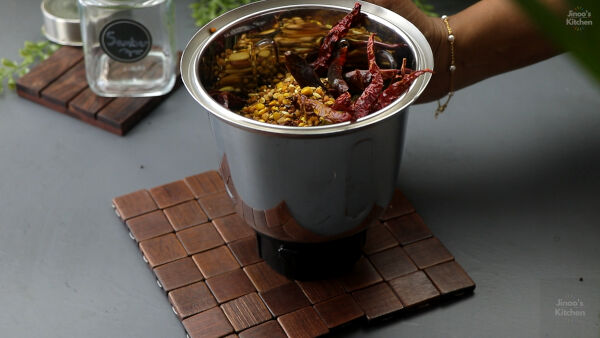
Start grinding in short pulses to avoid heating the blender. Scrape the sides, mix the powder, and continue grinding till it becomes fine.
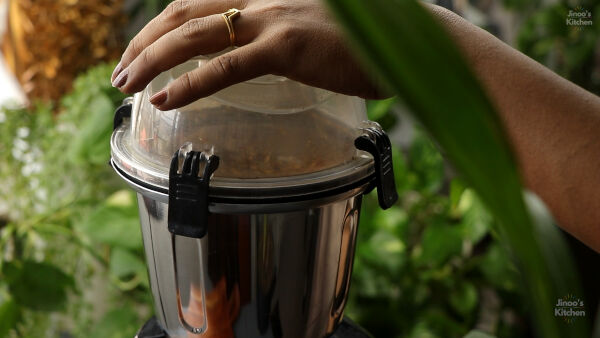
•Once powdered, spread the spice powder on a plate lined with butter paper or a clean cloth.
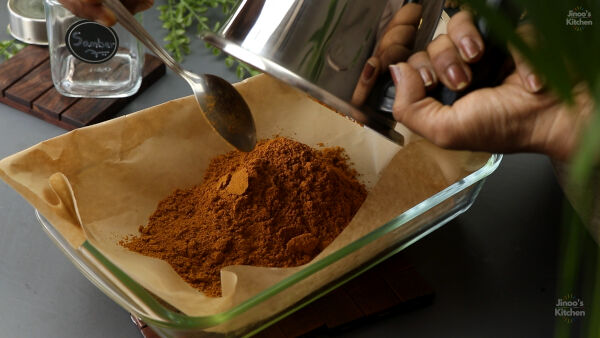
Let it cool completely again.
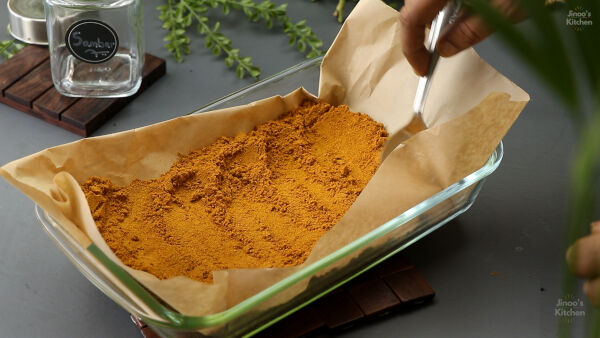
Transfer the cooled powder to a clean, dry airtight jar.
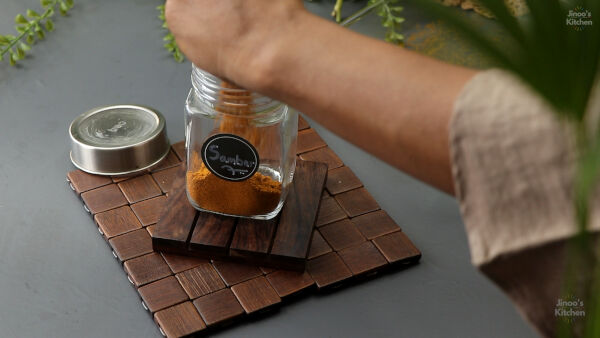
Label it and store in a cool dry place.
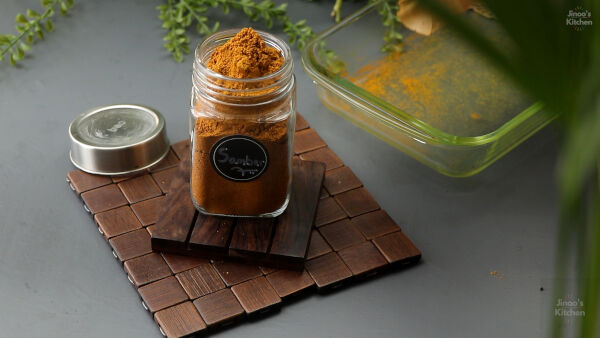
This recipe yields around 200g of fresh homemade sambar powder.
Expert Tips
• Keep flame low when roasting asafoetida and cumin
• Always cool spices before grinding
• Don’t overfill your blender; grind in parts if needed
• Store in airtight glass jar to keep the aroma
• Best used within 2-3 months for strong flavour
FAQs
Can I use store-bought turmeric powder?
Yes, as long as it’s pure. Homemade is better but not a must.
Is it spicy for kids?
No, but still you can reduce medium chillies and increase Kashmiri ones for mild spice.
How much sambar powder to use per recipe?
Usually 1–1.5 tbsp for a medium pot of sambar.
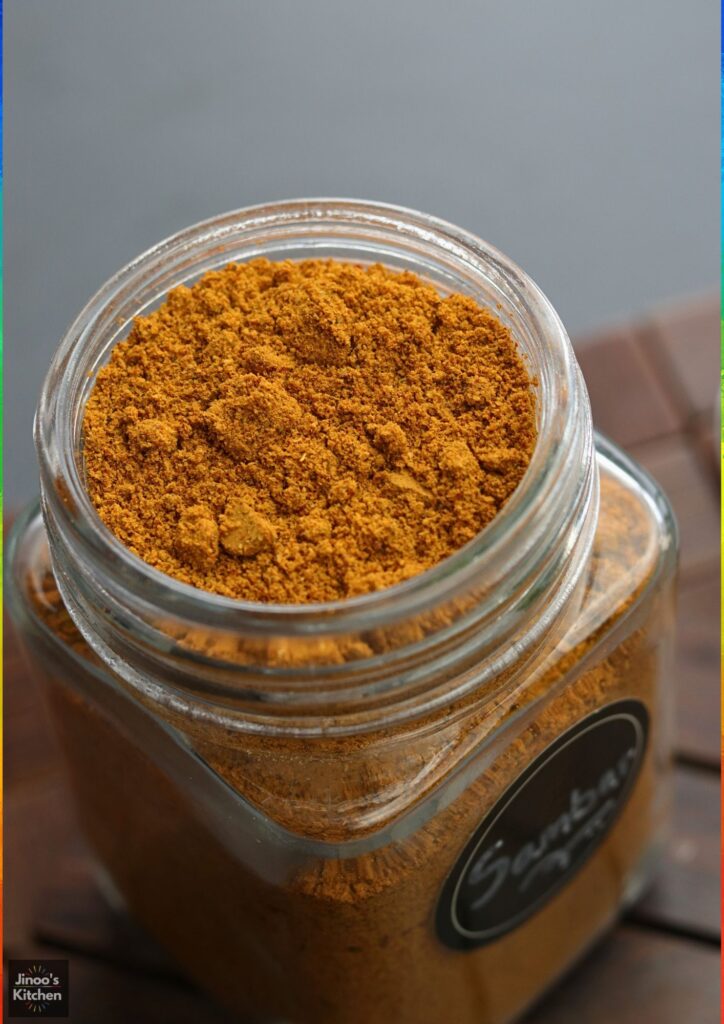
Recipe card
Homemade Sambar Powder
Ingredients
- 1/4 tsp oil
- 1/2 tbsp asafoetida granules
- 1/2 tbsp cumin seeds
- 1/2 tbsp black pepper
- 1/2 tbsp fenugreek seeds
- 1/2 tbsp mustard seeds
- 1.5 tbsp urad dal
- 1.5 tbsp chana dal
- 1.5 tbsp tur dal
- 1/2 tbsp rice
- 5 tbsp coriander seeds
- 3 sprigs curry leaves
- 1 handful Kashmiri red chillies
- 1 handful medium spicy red chillies
- 1 tsp turmeric powder
Instructions
- Roast asafoetida on low flame till it changes colour
- Add cumin and black pepper, roast for a short time
- Add fenugreek, roast well
- Add mustard seeds and let them pop
- Roast dals and rice till golden
- Roast coriander seeds till brown spots appear
- Roast curry leaves till crisp
- Roast both types of red chillies till crisp
- Combine everything, add turmeric and lightly heat
- Cool, grind to a fine powder
- Cool again and store in a clean jar


